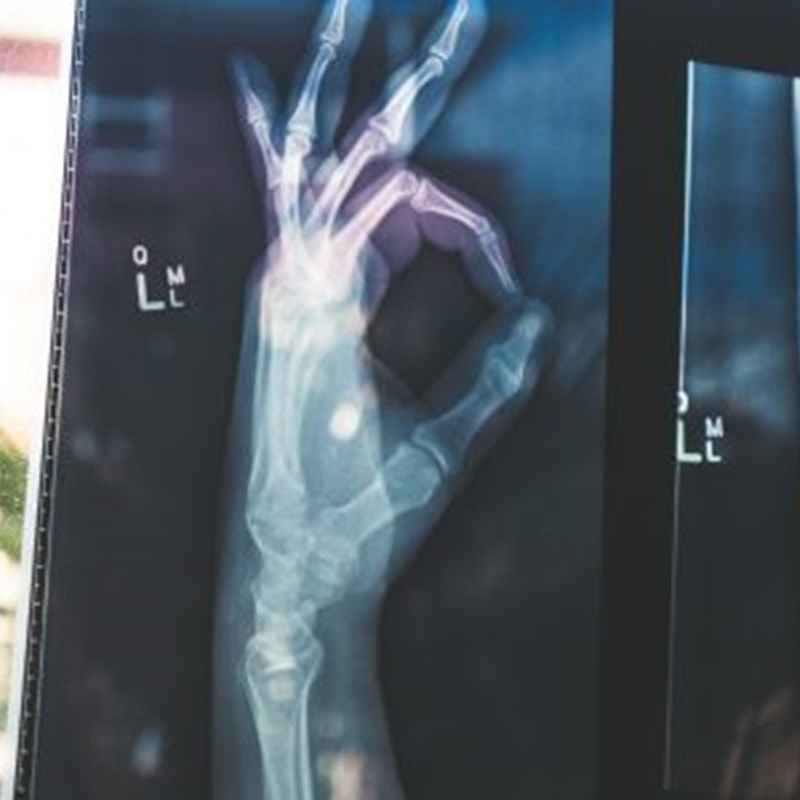
What kind of watch are you wearing? There’s a good chance you are sporting the kind that offers more than just the time.
Smart Watches are becoming so common that UK exam boards are considering banning students from wearing a watch during exams because invigilators are struggling to distinguish between a smart watch and a standard digital watch. Not only can we search the net and take phone calls via our wrists, we are able to track our heart rates, how many steps we have taken, how many calories we’ve consumed and how long we have slept. But what does the future look like for these devices? The health and fitness industry is huge. People are living longer than ever. The costs of healthcare and elderly care are vast. As the world around us becomes smarter and more connected than ever, what can we expect from technology to make life easier?
More than fitness..
Research conducted by Business Insider records that the amount of wearable fitness and health trackers in the US will grow at a rate of 10% per annum to over 120 million wearers by 2023.
Wearables combined with apps will allow us to assess our body fat, water, muscle and bone mass percentage. Heart rates, both standing and active. The duration and quality of our sleep. Technology such as the Spire Health Tag is already available, clipped onto clothing to monitor more than a Smart Watch can. Using advanced learning algorithms, they can provide guidance on sleep, stress and activity levels, supporting the wearer’s mental health as well as physical.
Smart health apps can monitor mood and cognition on a daily basis. The data collected can give valuable insight into conditions and overall well-being, helping to better tailor healthcare and medication.
Using an open source research kit, Apple have added a ‘Movement Disorder API’ to their watches which allows the symptoms of Parkinson’s Disease to be tracked.
Smart tech supporting independence..
As the aging population continues to grow globally, so do the strains on healthcare, respite care, care homes and bank balances. Governments all over the world are searching for a solution, and it seems likely that Smart Tech and the IoT could provide one. Most of us prefer our independence, no matter what our age. Various sensors and connected devices are available to be placed around the home which can help alert a nominated carer if something is out of the ordinary. Look out for more from IAconnects on this topic in the next blog post.
Taking control of our own health
Recovery from cancer involves a considerable amount of aftercare including monitoring, which, whilst essential, places a physical and emotional strain on patients. Mobile and sensor-based technology CYCORE (Cyber-infrastructure for Comparative Effectiveness Research) uses a bluetooth-enabled weight scale and blood pressure cuff alongside a symptom-tracking app to update medical staff. This reduces the need for weekly doctor’s visits. Results from a clinical trial using this technology showed that patients’ symptoms were less severe both in relation to their cancer and treatment side effects.
Of course, monitoring of symptoms isn’t just useful during a recovery; many people live with long-term health conditions. Smart inhalers and monitors that detect asthma attacks, epileptic seizures, glucose levels are all becoming more mainstream. Most of these devices work in similar ways: a wearable which connects to an app and often to other IoT-connected devices, allowing data to be shared and even sending an alert to a dedicated carer or care line in the event of an attack or seizure.
Swedish health tech company, Brighter, have created Actiste, a smart health device which can monitor glucose levels, record insulin injections and display shareable data in a user friendly app. The device has built-in Arkessa cellular connectivity, meaning that it is truly mobile and able to service patients at any point in their everyday lives.
Where else might sensors go?
Not all devices in this progressive field are wearable. Proteus Digital Health have created an ingestible sensor; placed inside pills which dissolve in the stomach and produce a signal which is picked up by a sensor. The data is received by an app and is used to confirm if medication has been taken correctly. Excellent for tracking usage and improving the likelihood of medication being taken as directed.
Smart contact lenses are another area of development; Verily (formerly Google Life Sciences) are working on various projects including lenses to assist in the recovery of cataract surgery and Presbyopia (loss of elasticity in the lens of the eye causing long-sighted vision).
Swiss company Sensimed have created a smart lens named Triggerfish. Wearing the lens provides a 24-hour picture of the eye and can record changes in eye dimensions which can signify a worsening of glaucoma.
All this data? I feel like I’m being watched!
The joy of these devices, whether wearable, or as part of something else, means that we are able to monitor our own health, symptoms and general well-being, without that Big Brother feeling of a camera in the corner of a room. Our data is kept in our own hands and we have control over who to share our medical information with – medical professionals, pharmacists, family members. Connected health gives control back to individuals, enabling patients and medical professionals to make decisions early on based on real-time data – which could help to prevent more serious conditions or complications arising. As we all know, prevention is better than cure.
To find out more about Brighter Actiste, read this Ericsson article.